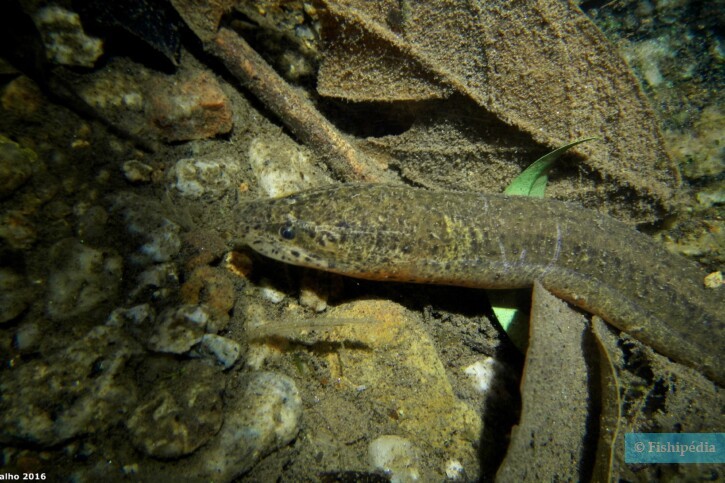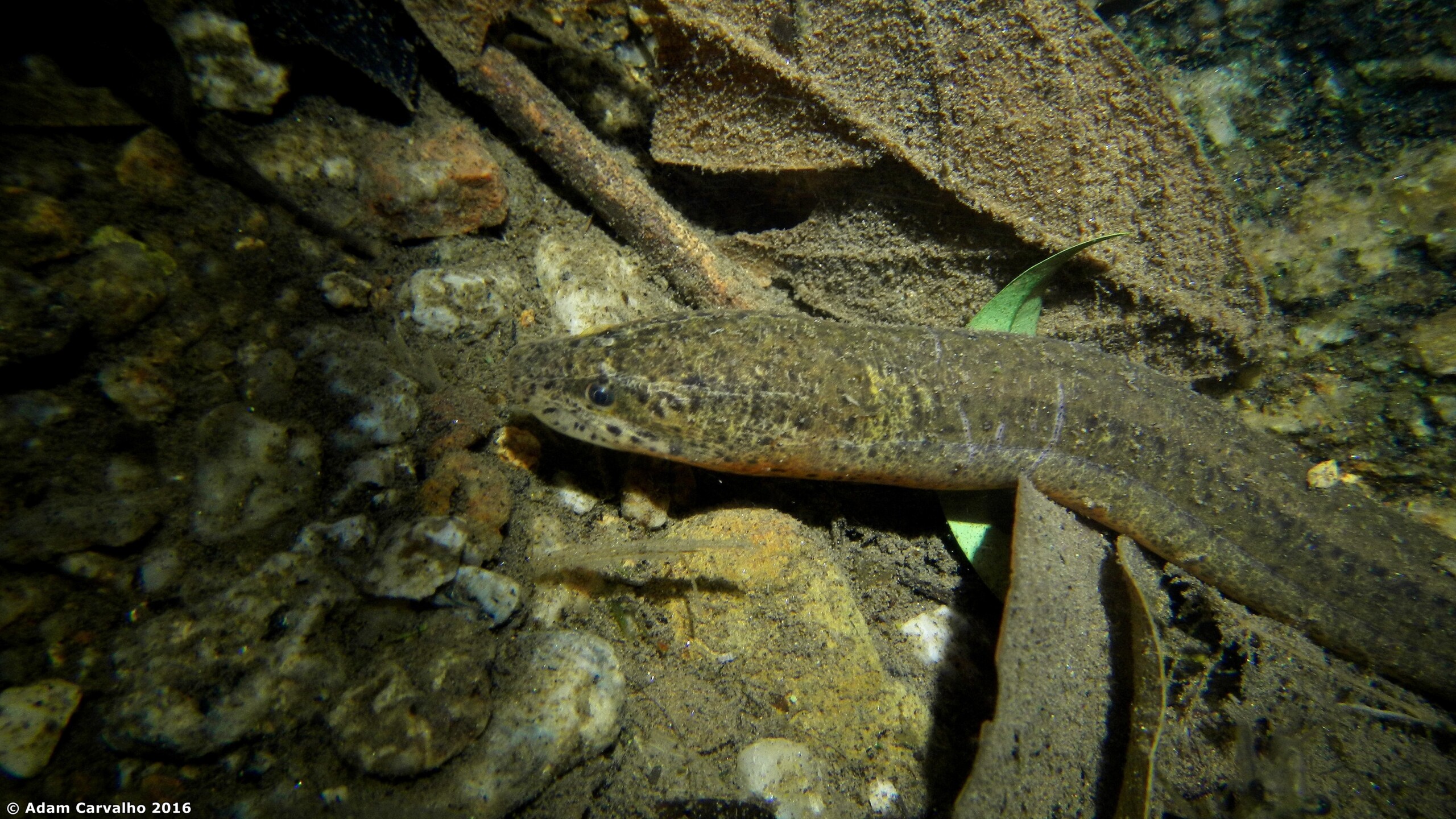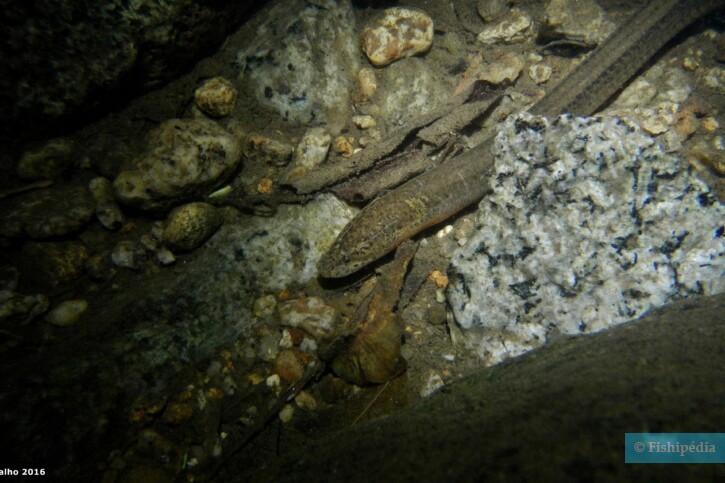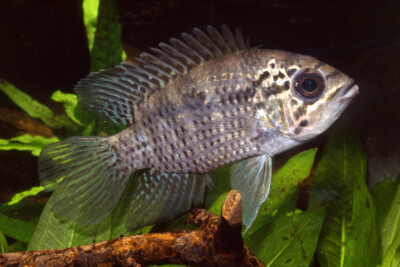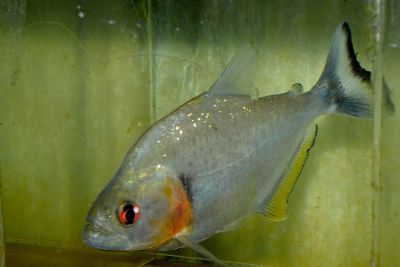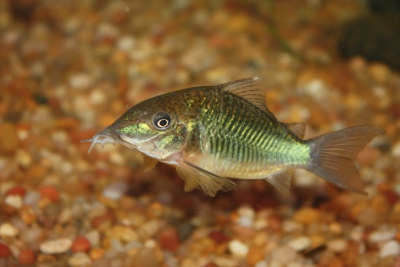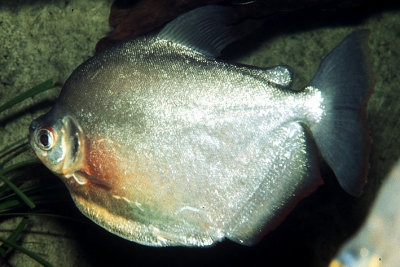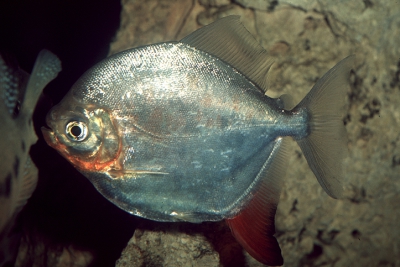Introduction
Synbranchus marmoratus is a fresh water and brackish water fish from the Amérique du Sud.
This sheet is currently being prepared. The texts currently proposed come from our data model or are being drafted. To request priority for this content, you can write to us HERE.
Who is it?
Morphology
-
Average size120 cm
-
Maximum size150 cm
-
ShapeSerpentiform
-
Mimicrymultiple
-
Patternponctuations
-
Average size120 cm
-
Maximum size150 cm
-
ShapeSerpentiform
-
Mimicrymultiple
-
Patternponctuations
How to recognize This fish ?
Synbranchus marmoratus measures between 120 and 150 cm. This fish is bicolore with a predominantly orange, marron, beige and gris body. The also has noir ponctuations.
Behaviour & Life cycle
-
dietcarnivorous
-
Sociabilitysolitary
-
territorialYes
-
Way of livingdiurnal
Synbranchus marmoratus is a fish solitary naturally found on the bottom. This species is carnivorous .
This species is territorial and does not appreciate the presence of intruders nearby, especially animals with similar behavior. It can also be virulent toward conspecifics. However, Synbranchus marmoratus has little concern for non-territorial animals.
Reproduction
-
Reproductionovipare
-
Hermaphroditeprotandric
Synbranchus marmoratus is a fish ovipare. This fish always born male. Growing up, individuals will change sex to become female, this is called successive hermaphroditism of the protandrous type.
Harmless species
This species does not represent any particular threats to humans when encountered in its natural environment.
Origin and distribution
Conservation status of populations (IUCN)
What is its habitat?
Natural environment characteristics
-
Temperature22 - 34 °C
-
FlowSlow and Stagnant
Biotope presentation
The acidification of water comes from the decomposition of plants. This phenomenon changes the color of the water, which tends to turn brown. In some areas particularly rich in organic matter, the water is so dark that it is called "black water".
Synbranchus marmoratus is most often found at a depth between 0m and 2m. However, it is not impossible to find this species at other depths.
Species of the same biotope
To go further
Sources & Contributions
Participation & Validation
The Fishipedia team and specialist contributors are committed to providing high-quality content. However, although the information comes from scientific sources or testimonials from specialists, the cards may contain inaccuracies.

Benoit Chartrer
Translation
Translation done with the valuable contribution of our translators, who make this information available to a wider audience. We sincerely thank them for their commitment.
Scientific partners
Tags
Species of the same biotope
